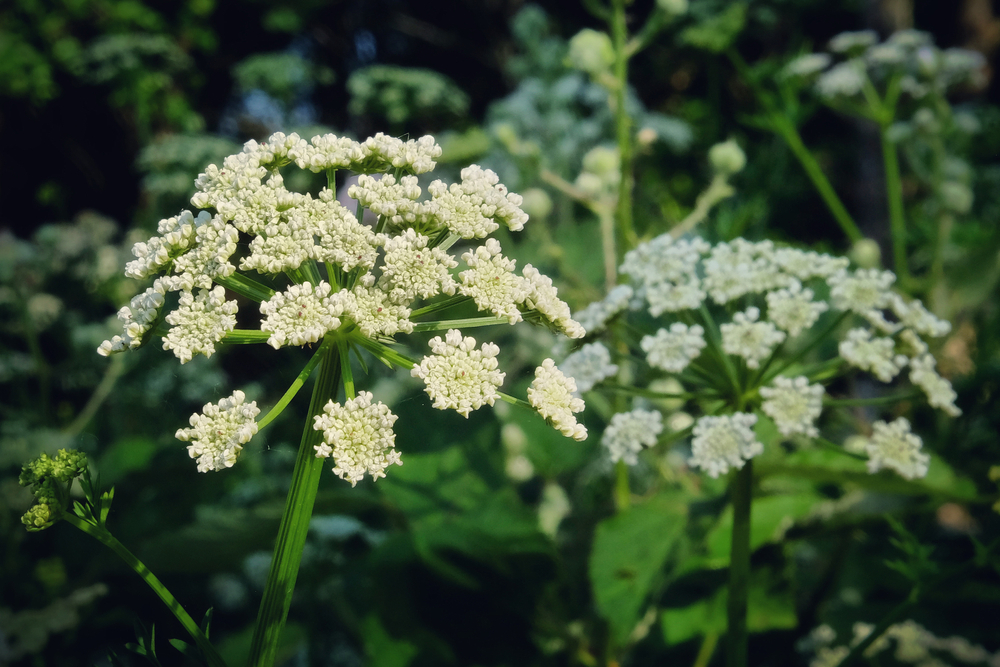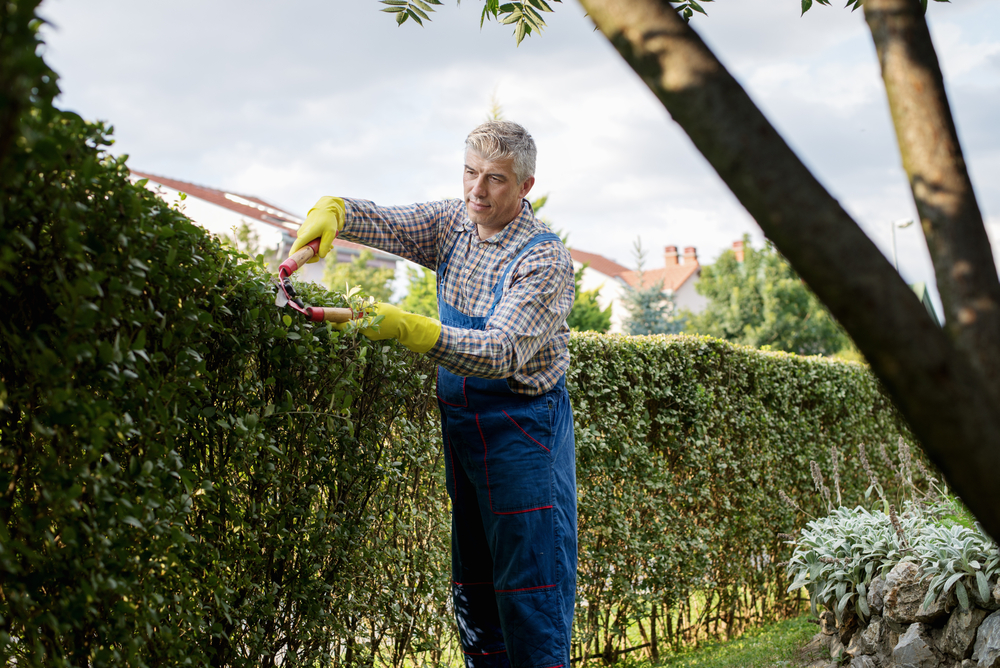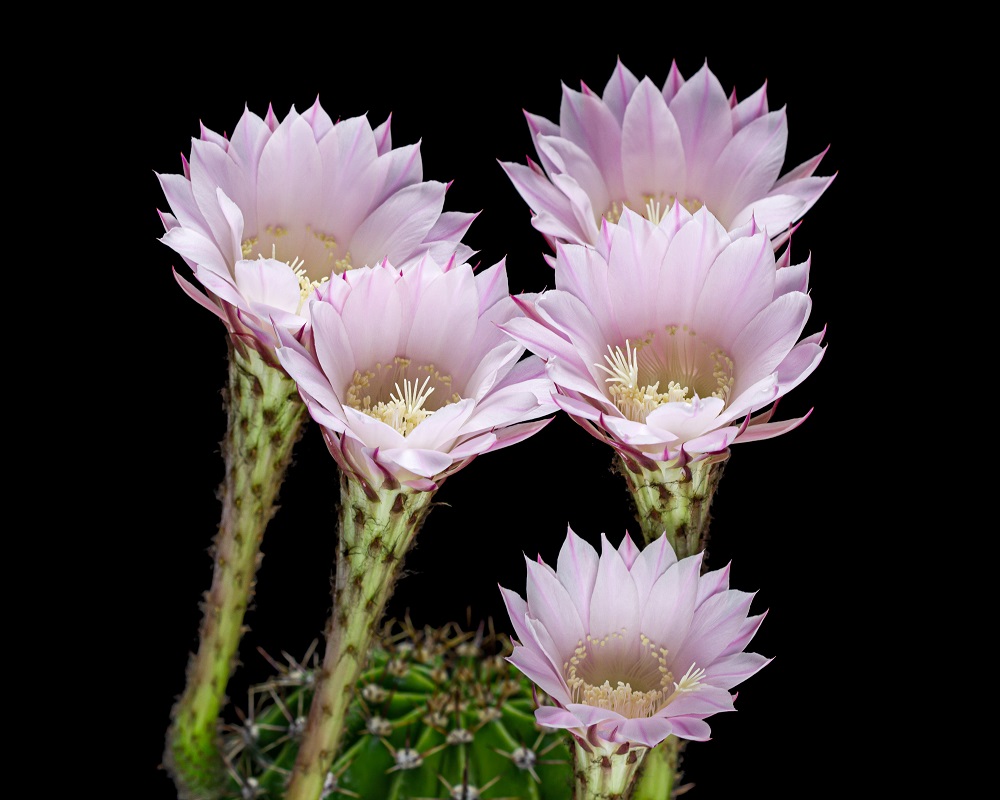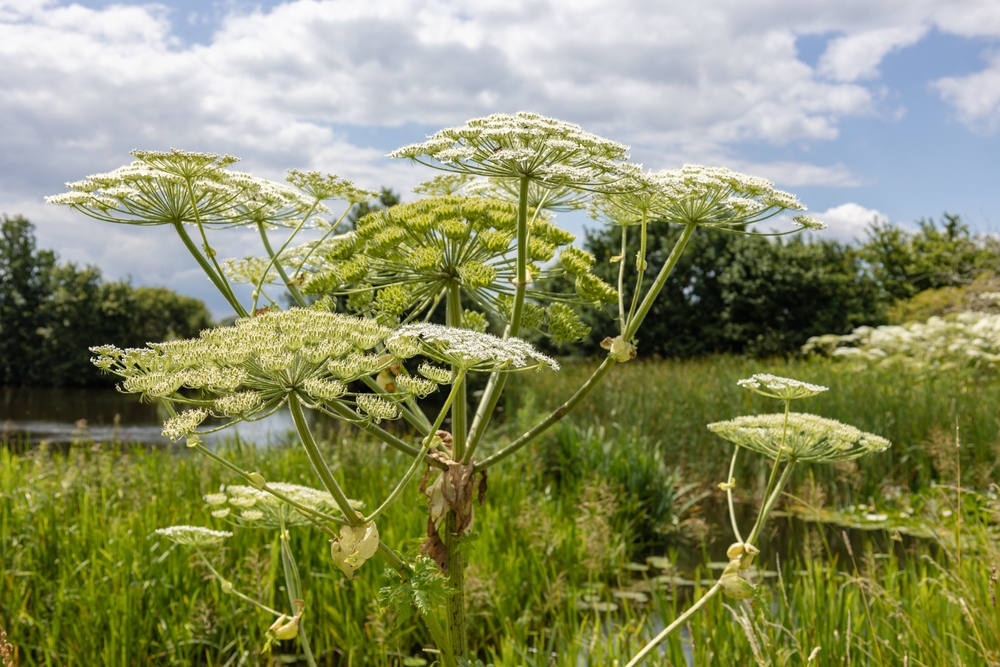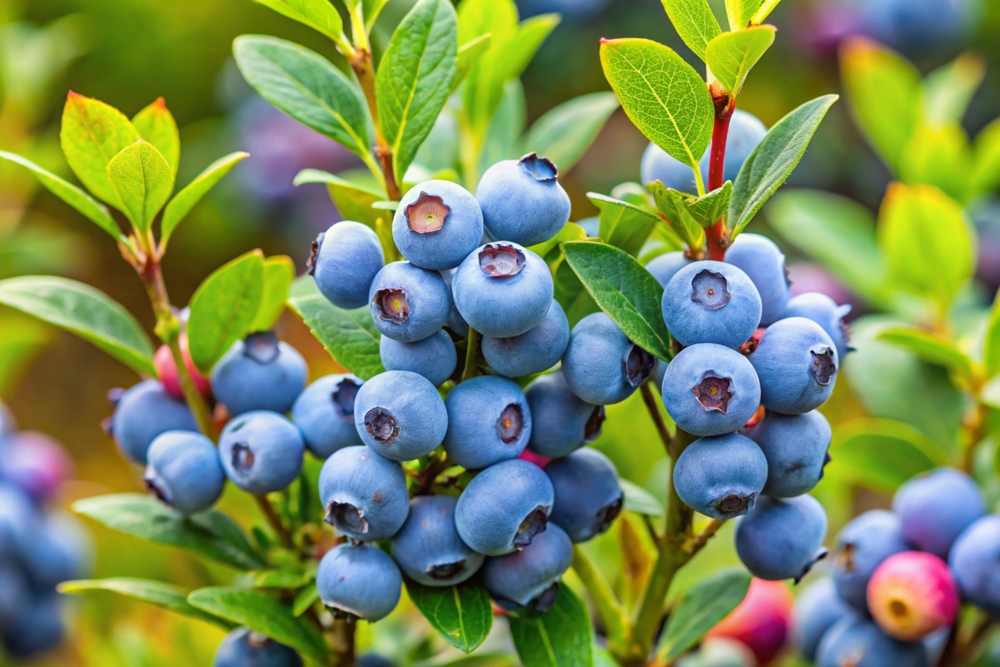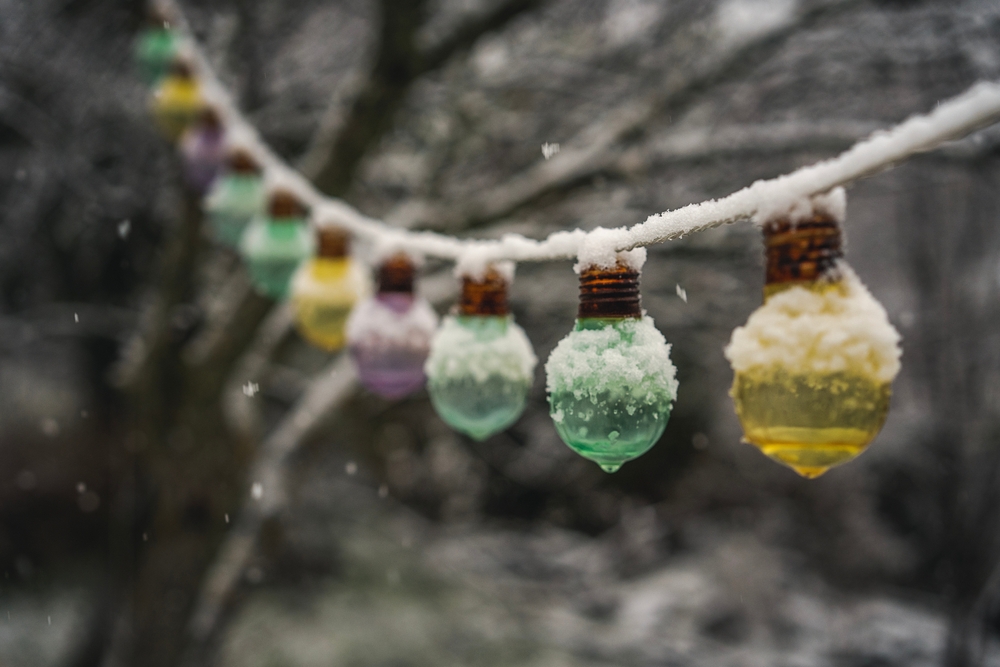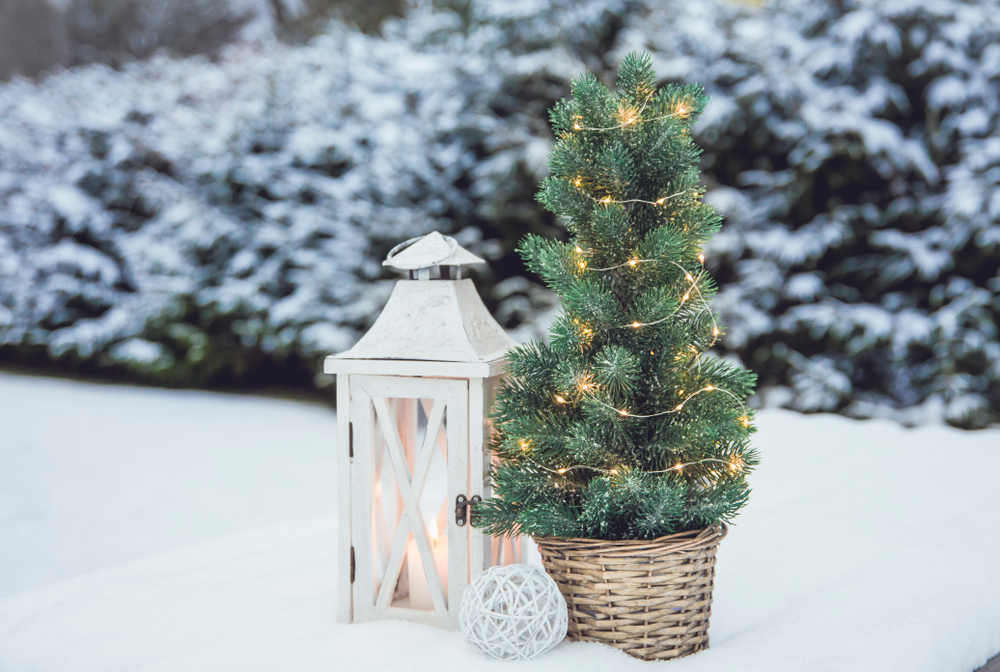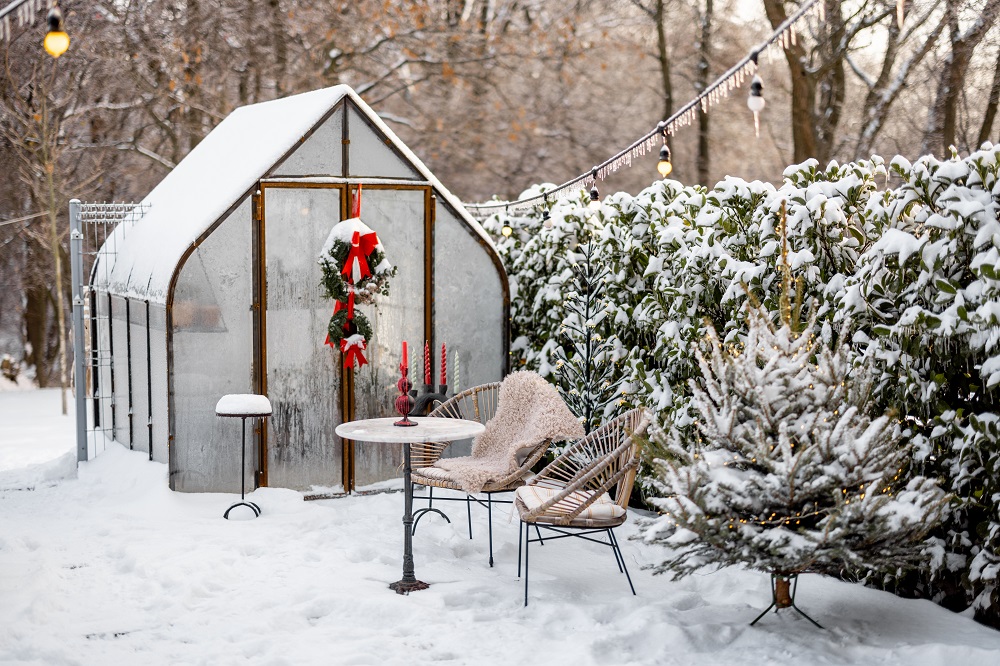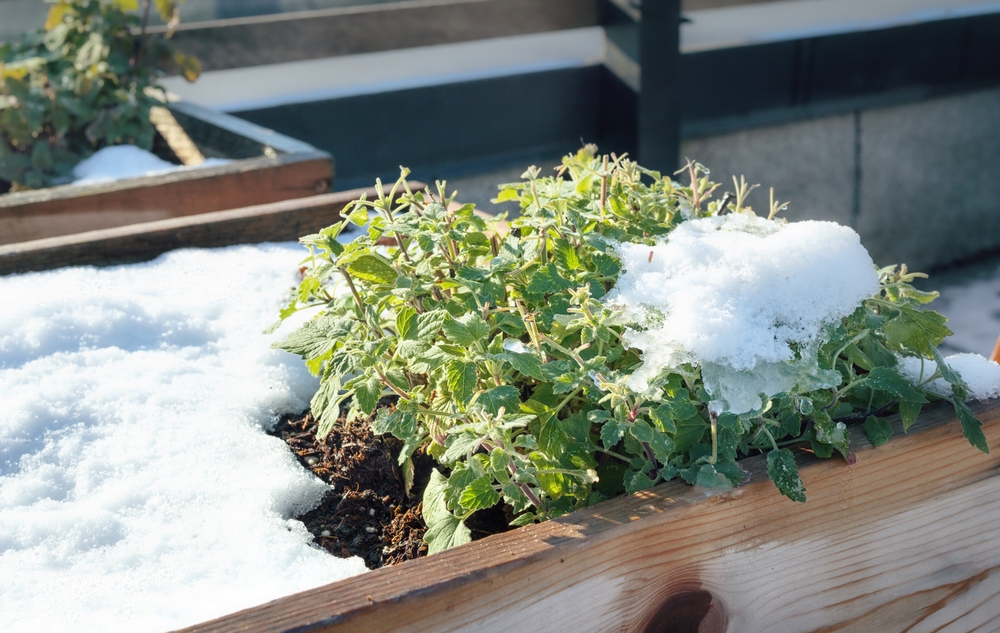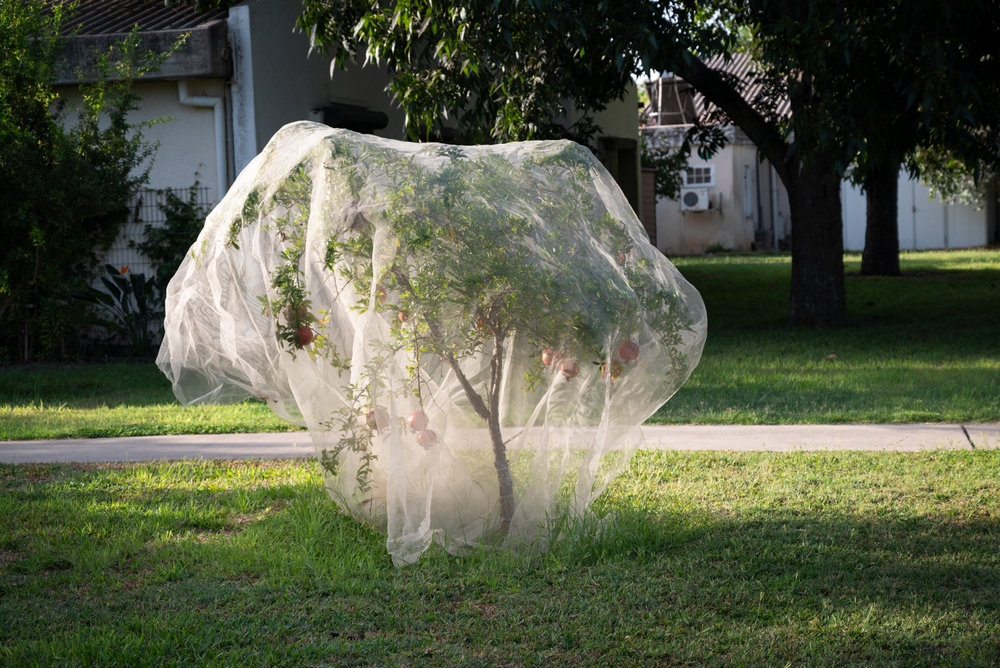Do you have a REALLY sunny spot in your home that you’d like to fill? If so, you’ll love these high-light plants!
Finding the perfect place in your home for your plants is part of the joy of being a plant parent, right? That often implies looking for species that grow best in low-light spaces or plants that like direct sunlight. But let’s be honest, the latter is usually more challenging to find.
But as always, Gardeners And Plants has got your back! We’ve created a list of high-light plants that will absolutely bask in the bright sun. So, if you’ve got a bright, light-filled window that shines with full sun, the following 6 plants will thrive in your space.
Pro Tip: The window sill of a south-facing window will bring your indoor garden the most light throughout the day. But windows on the west side of the home, with intense afternoon light, are your best bet.
Save the other spots for those preferring indirect or low light, and watch your high-light plants grow!
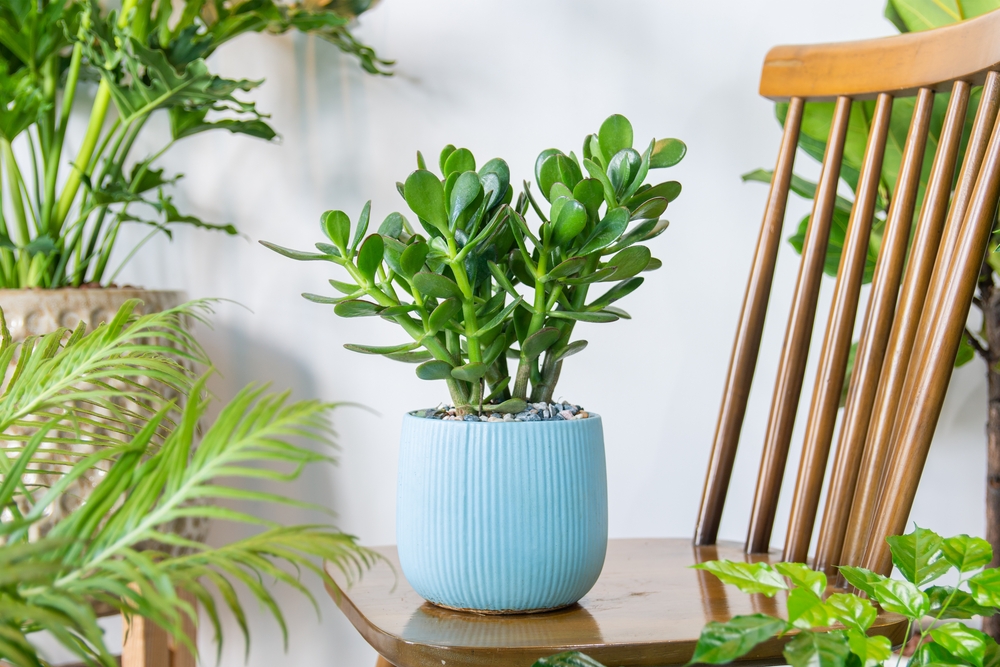
Jade Plant
The Jade plant is common in many places because it’s well-known for growing quickly in many types of environments. This high-light plant has robust stems and fleshy leaves that are capable of resisting the heat provided by a spot with direct sunlight.
Jade plants don’t have very high demands either because they want to be kept under direct sunlight for at least four hours daily. You can accomplish this by placing it by a south-facing window.
This high-light plant is often confused for a cactus because of its resistance to drought and succulent leaves. But it doesn’t belong in the cactus family.
The Jade plant can live for many years, decades even, because of its slow growth, which is why it’s one of the top picks for many indoor plant owners.
Yucca
This is another fantastic high-light plant if you need a low-maintenance option. Out of all the high-light houseplants, Yucca is one of the least challenging to deal with. You’ll recognize it by its thin and long leaves. The color varies, with green being the most common.
But you can also find them in yellow or white. And speaking of lighting conditions, these indoor plants need direct sunlight to thrive, but not as much as others on our list.
Like the Areca palm, it flourishes in the morning and afternoon light, and it can stay in a shaded spot throughout the rest of the day. In fact, the direct sunlight is the reason for its vivid green leaf color, while indirect sunlight causes yellow leaves.
Don’t worry, though. These aren’t signs of an illness or any other issue. This high-light plant is amazing because it tolerates both low humidity and infrequent watering. You should only water it when the soil is dry.
Also, the soil quality doesn’t have to be the best. Even poor-quality soil can be used as long as it can maintain the weight of the plant.
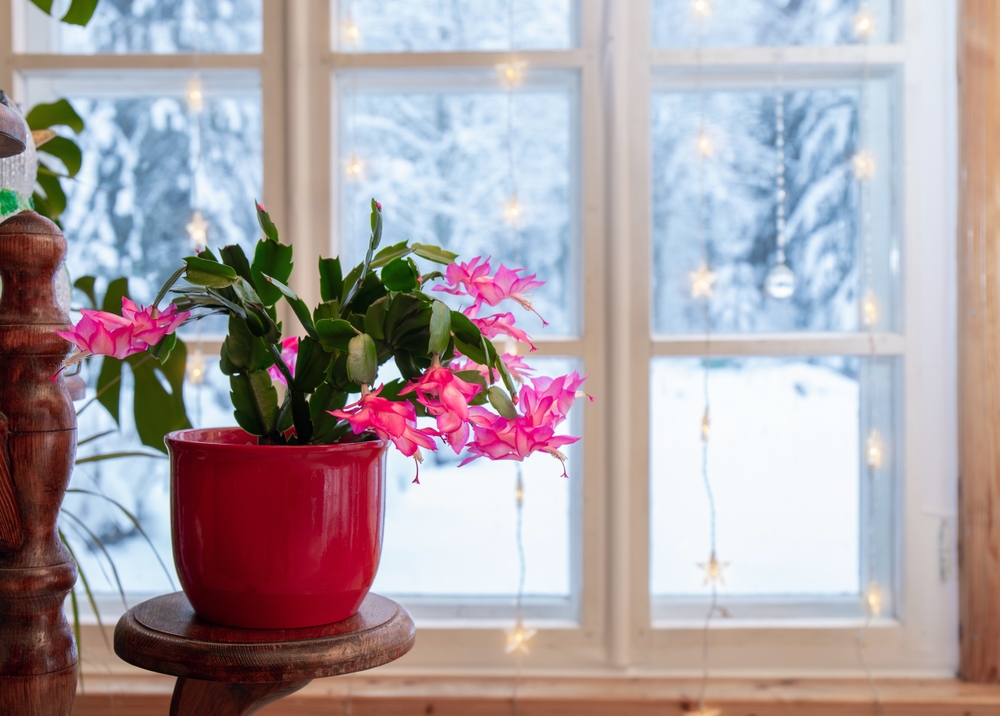
Christmas Cactus
The Christmas cactus, aka holiday cactus, is a beautiful flowering tropical succulent. In its native rainforest home, it doesn’t grow with soil but relies on tree bark and other natural elements for support. The foliage is unique for its connected cladodes.
Multi-petaled, pipe-like flowers emerge at the arching ends in shades of purple, red, orange, pink, salmon, white, and yellow. The mature dimensions of this high-light plant are roughly one foot tall and two feet wide.
Christmas cacti have low to moderate moisture needs and like organically rich soil.
Ideal bright-light growing environments have daytime temperatures around 70 degrees and nights in the sixties range. And remember that high indoor humidity of over 50% is best for these plants.
Ponytail Palm
The ponytail palm, aka elephant’s foot, isn’t exactly a true palm. It’s more of a relative of asparagus and agave. It has fountain-like, recurved foliage and a unique water-storing caudex, which is a growth at the base of the trunk that looks like a pachyderm foot.
Outdoors, mature examples produce clumps of white or pink flowers above the greenery. But this probably won’t happen if you keep your palm indoors. Mature dimensions can reach eight feet tall with a spread of up to five feet.
As an indoor plant, they should top out at about four feet tall, on average. This high-light plant has low to moderate water needs and prefers gritty soil. A bright spot with a temperature of about 70 degrees and low humidity of up to 50% of the average healthy home is most suitable.
String of Pearls
The string of pearls got its name due to its looks. Otherwise known as the Senecio Rowleyanus, it has long vines resembling a necklace and small growths all over the vines that look like pearls.
These growths are a vibrant green, and even though the plant has no flowers, it’s still gorgeous thanks to its unique appearance. And like other succulent houseplants that like direct sunlight, a string of pearls isn’t an exception.
This high-light plant favors direct sunlight, but you don’t have to keep it in the sun ALL day long. The afternoon and morning sun offer the perfect amount of light for this plant so that you can keep it by a sunny window at sunrise and a few hours before sunset.
In the afternoon, when the sun is intense, it can sit in a shaded area. Another thing worth mentioning is that this high-light plant prefers hanging baskets for growing. Because vines can be long, the hanging pots don’t limit their growth, and they have ample room to spread.
And those dangling vines with beads will look spectacular hanging from your ceiling. Overwatering can create some issues, though. So try not to overdo it with the water. Once a week is more than enough. The quality of your soil is more important than watering.
It should be sandy, so cactus mix works nicely for this plant. But other soils with good drainage material can be used just as well. Remember that this is a toxic plant, so make sure you keep it away from your pets.
Can’t reach your string of pearls to water it? This Squeeze Bottle for Hanging Plants from Amazon may be your easy solution!

Anthurium
The Anthurium is a tropical perennial epiphyte that sticks to other flora for support in its native setting. Some species of this high-light plant produce leaf variations known as “spathes” that are brilliantly colored and accentuated by a fleshy stalk with many small blossoms.
Spathe colors may vary, including purple, red, gold, green, yellow, and white shades. Remember that this species is toxic to animals and humans. So be cautious about where you place it if you have curious pets or children around.
Expect a mature height of about 24 inches with a spread of 5 to 12 inches. Anthuriums prefer an airy and loose potting medium like you would use for an orchid or a cactus, and their water needs are moderate.
Try to provide a setting with bright light and a temperature range of about 90 degrees during the day and up to 75 degrees at night.
A humid environment of 50% or higher is ideal for this high-light plant. Ever-blooming Anthurium, ‘Sweet Dream Pink,’ grows to a height of up to 18 inches and a width of 5 inches.
Which of these high-light plants will you be adding to your bucket list? Be sure to let us know in the comments section below. And if you liked this article, we highly recommend you also read: 5 Good Luck Plants That Will Bring Fortune Into Your Home

